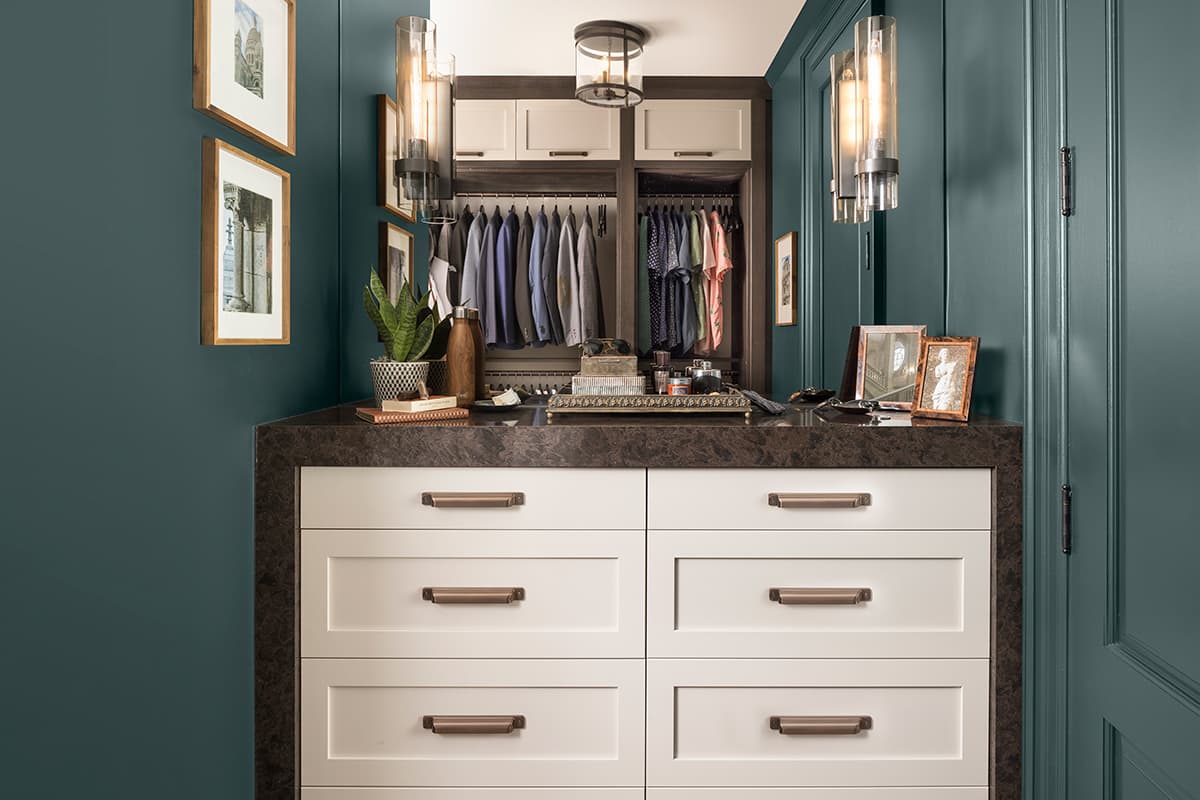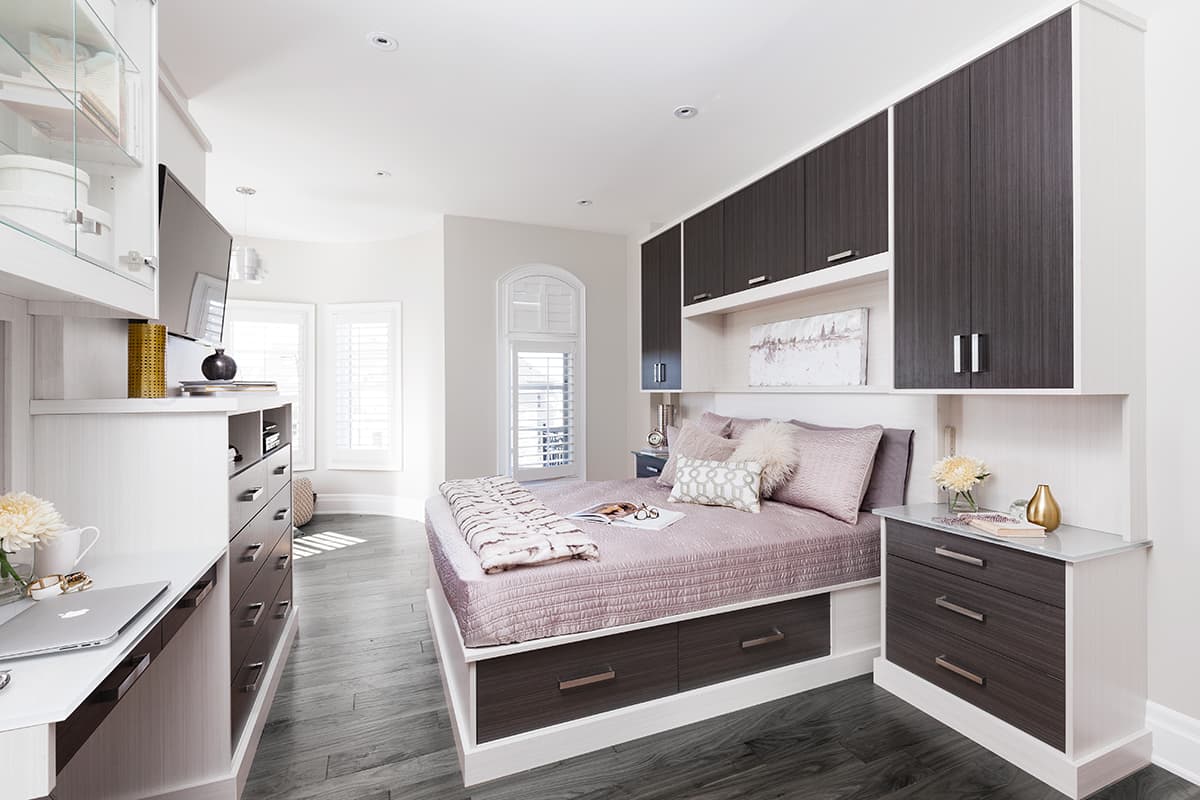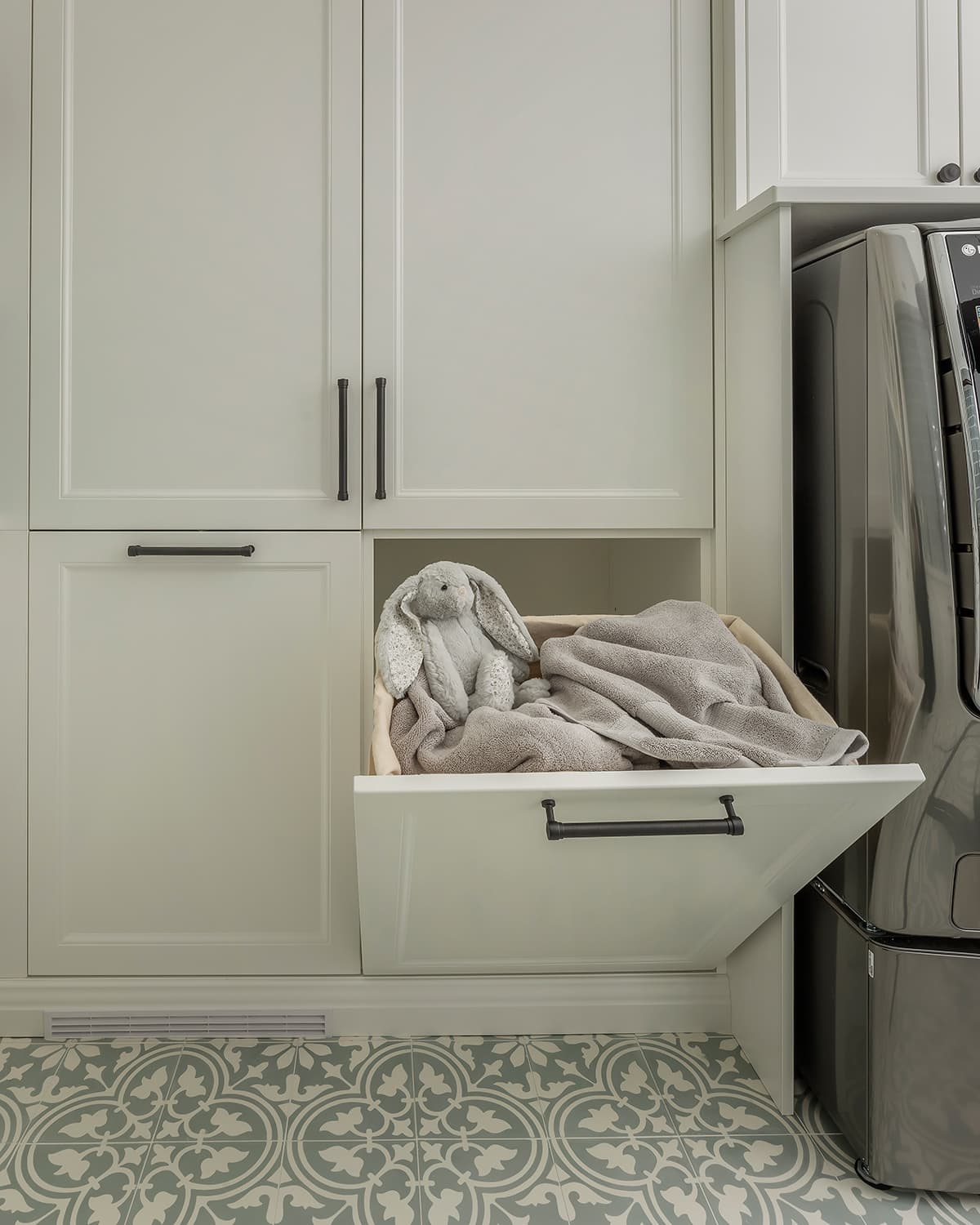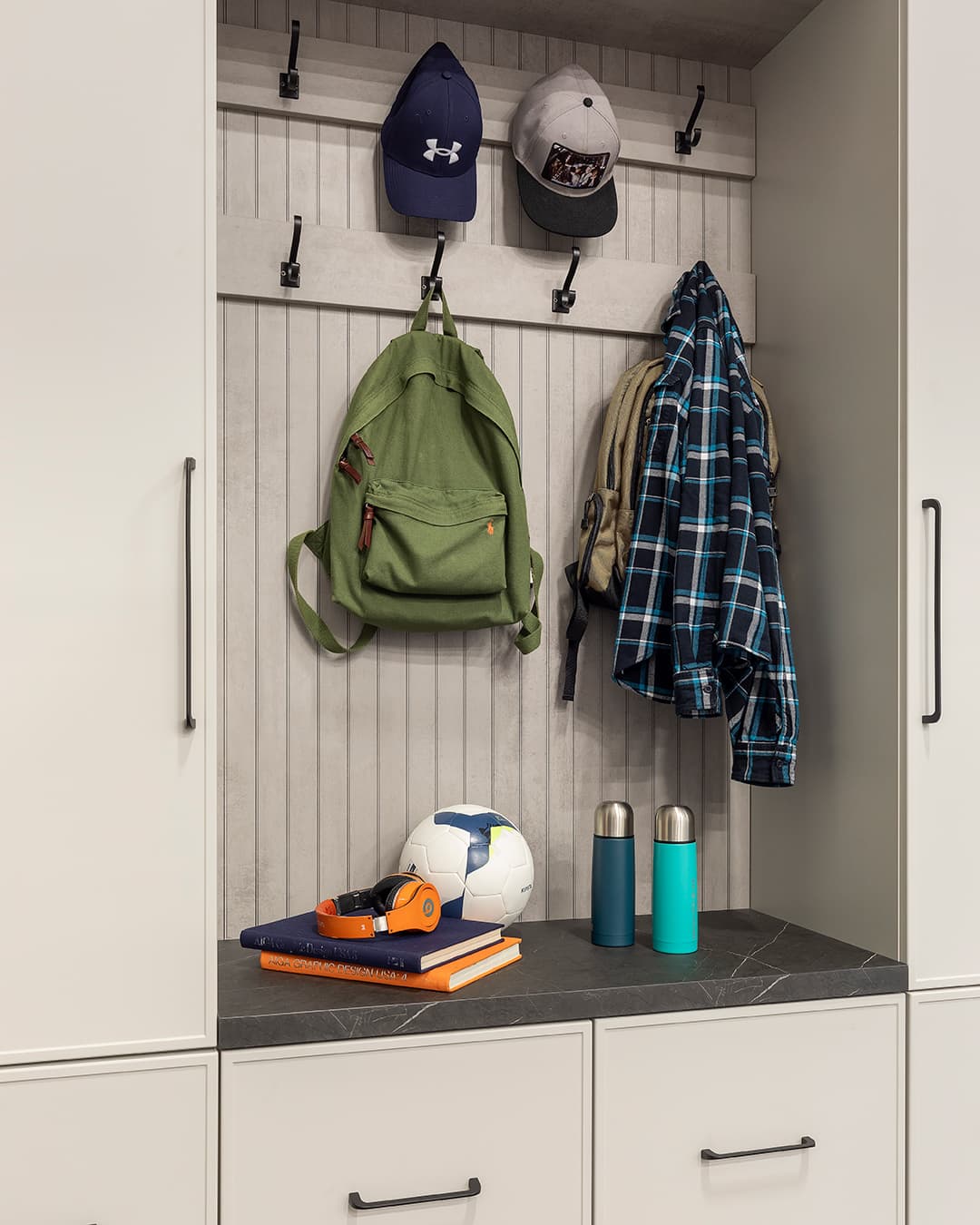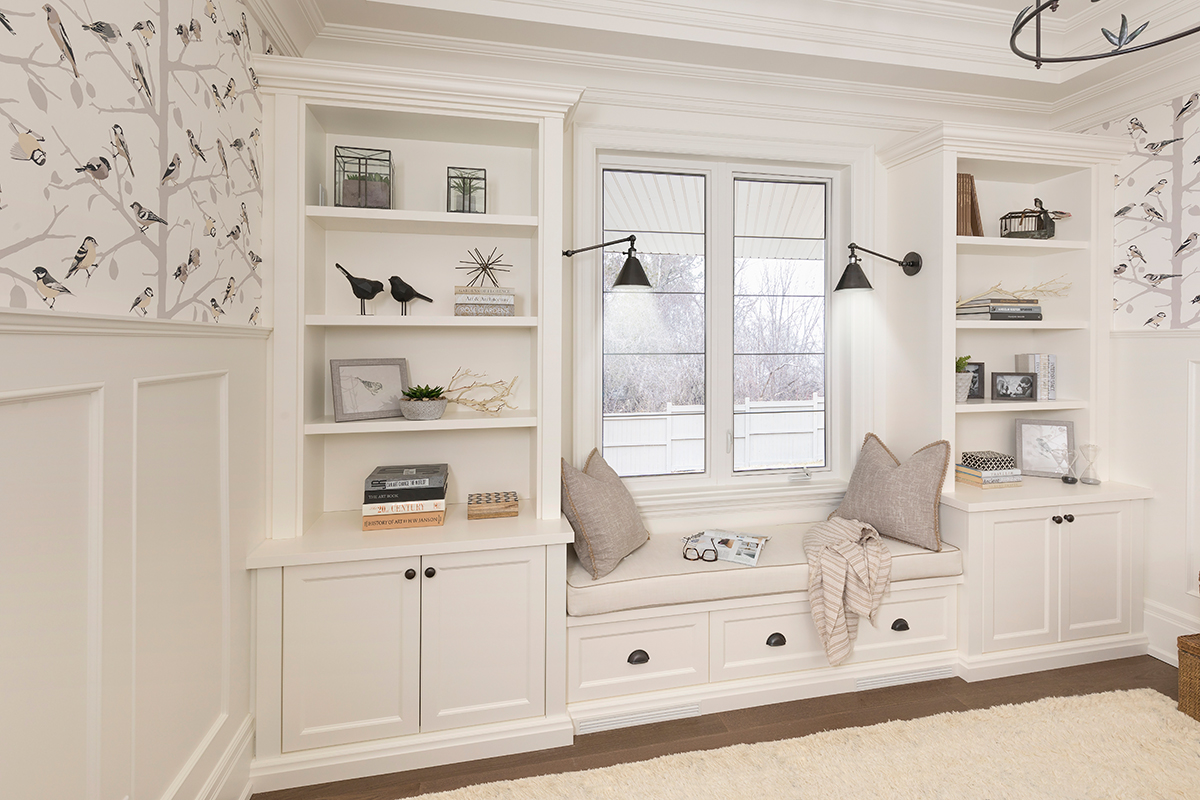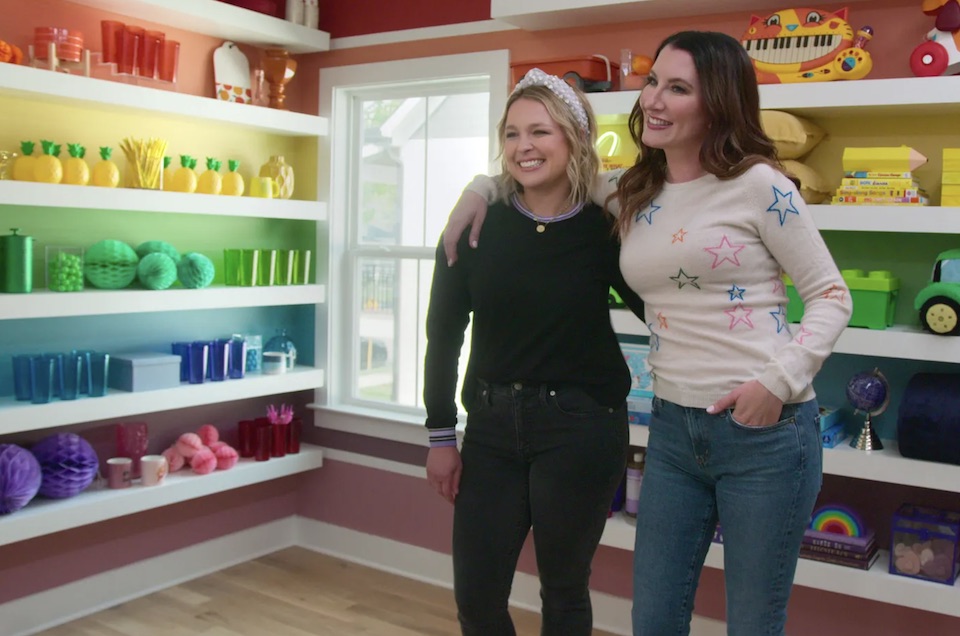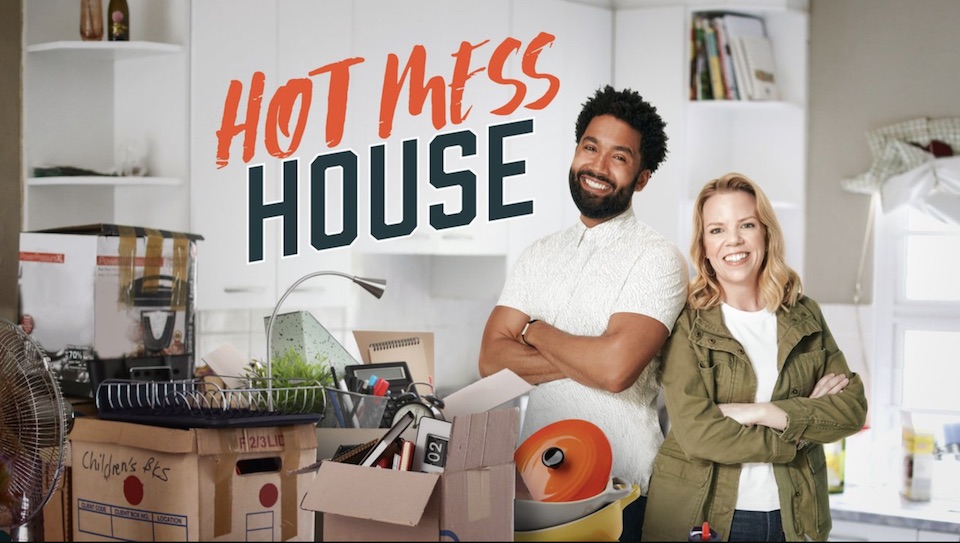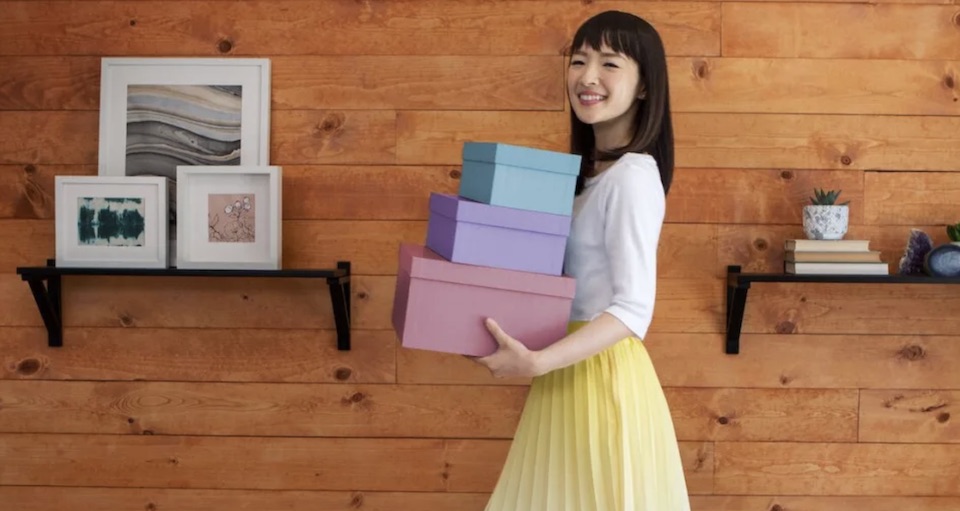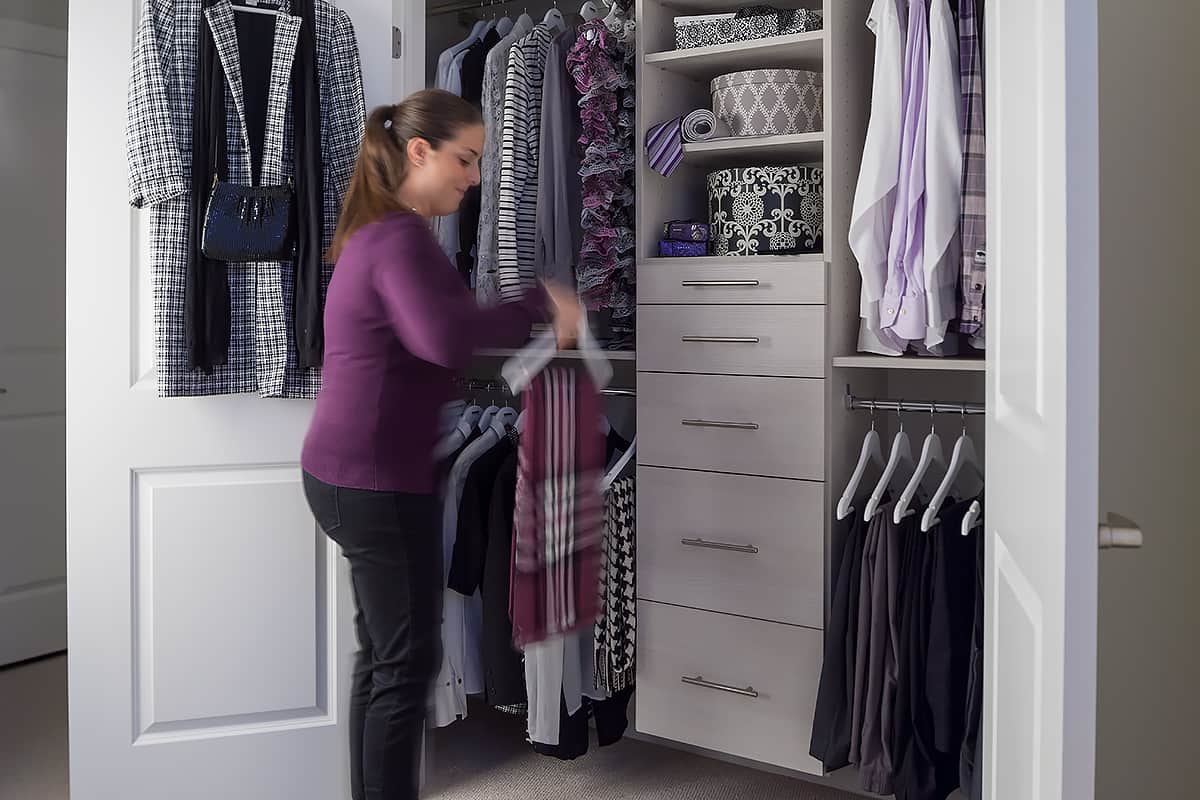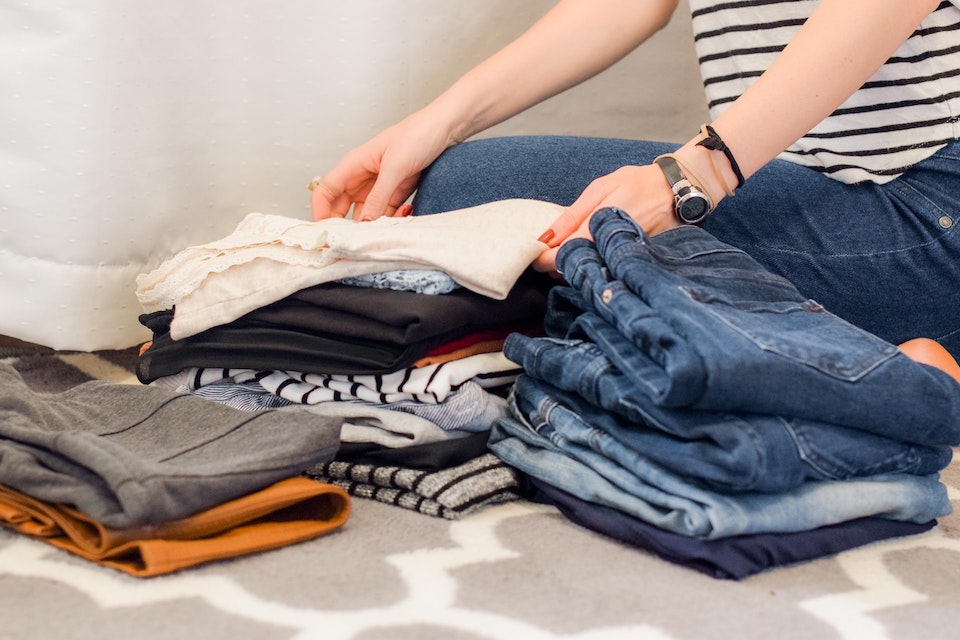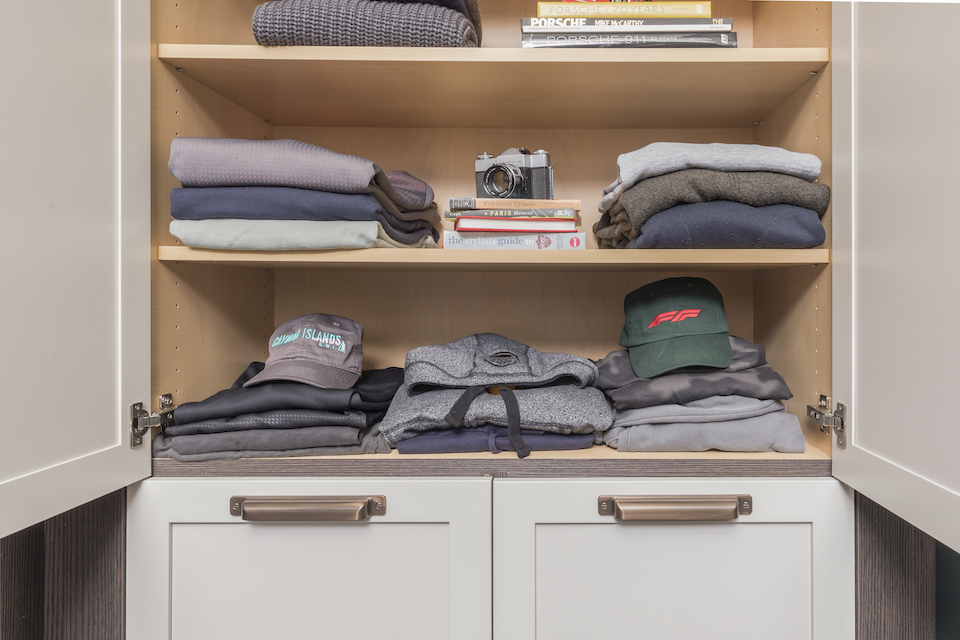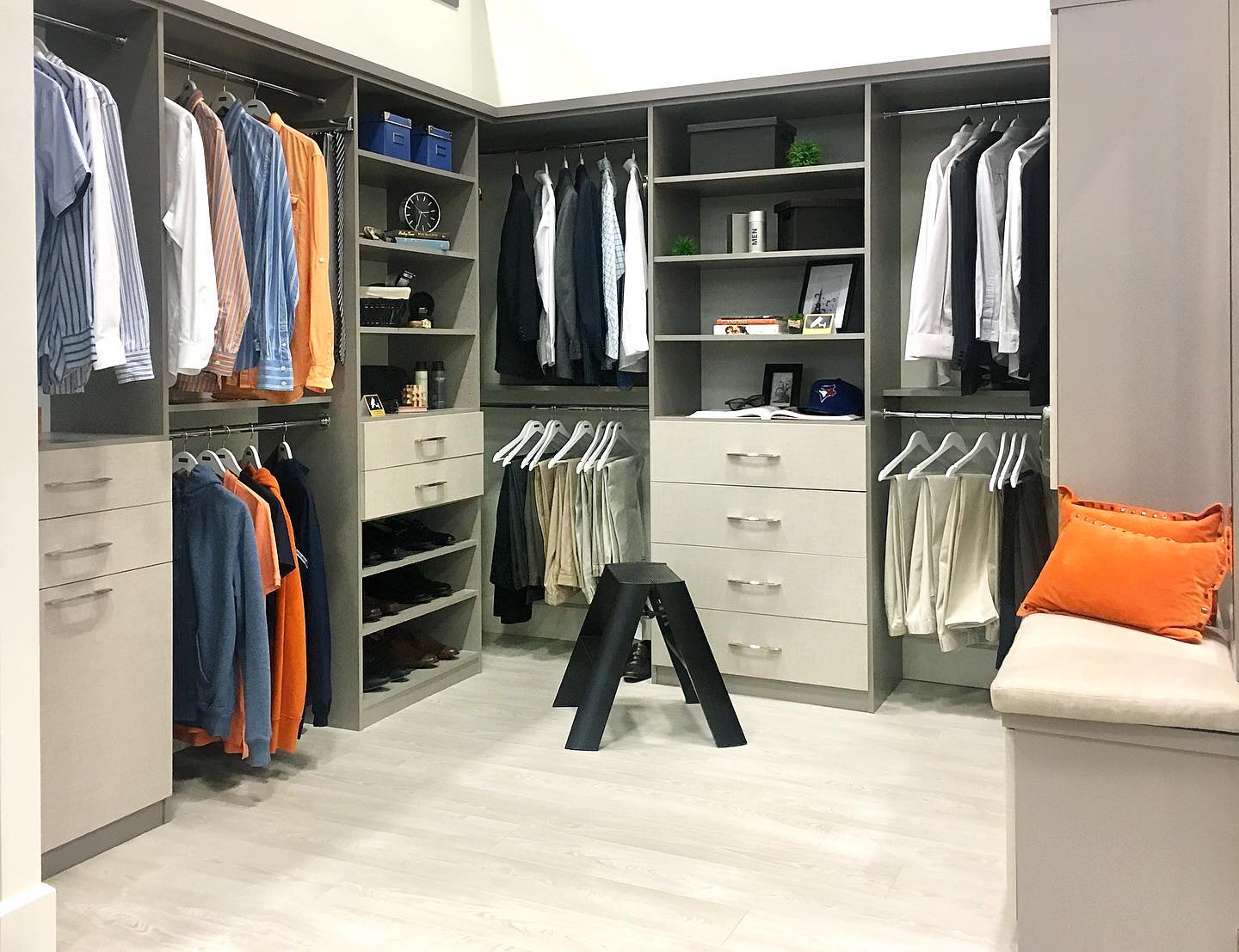
Why is spring cleaning something that the majority of Canadians do every year, despite having a love-hate relationship with the age-old tradition?
The reason is simple: there are many undeniable benefits of spring cleaning.
As the two calendar markers that symbolize a time for renewal and a reset, it makes perfect sense that the new year and spring are when we put the most effort into cleaning and tidying our homes.
On the surface, spring cleaning may seem to be worthwhile solely for the improvements it brings to our living environment by freeing up space, helping us find things easier, and generally improving a home’s functionality.
To fully appreciate why this annual ritual is so essential, however, we’ll explain its deeper importance and why spring cleaning is so beneficial for our mental well-being.
9 interesting spring cleaning statistics
Recent surveys from Ipsos and Bona/Harris about the spring cleaning habits of Canadians reveal some interesting statistics. Here are some of their findings:
- 59% of Canadians do spring cleaning every year
- 89% of those surveyed think spring cleaning is important
- only one in five (21%) people who spring clean are enthusiastic about doing it
- 94% of Canadians who spring clean feel a strong sense of accomplishment when they’re done
- 39% of homeowners worry they won’t find the time to properly spring clean
- the highest-priority spring cleaning jobs are kitchen cleaning (57%), decluttering and organizing (55%), and bathroom cleaning (55%)
- 92% of those surveyed feel more relaxed living in a clean home
- two thirds (67%) of people who spring clean feel like their home is healthier
- the least desirable cleaning tasks are window washing (27%), bathroom cleaning (15%), and cleaning large kitchen appliances (13%)
6 benefits of spring cleaning
Most of us reluctantly approach spring cleaning and view it as a time to give our homes their obligatory once-a-year deep cleaning. Doing all of that dusting, scrubbing, vacuuming, organizing, and other overdue home chores will have a bigger impact than most people realize, however.
Are you struggling to get or stay motivated enough to reach your goals for getting your home in order this spring? Perhaps finding out more about some benefits of spring cleaning you may not have considered will fuel your motivation and lead to greater success.
1. Spring cleaning improves your physical health

We’ve previously written about how to improve the air quality in your home. Most people don’t realize that air pollution levels indoors are typically two to five times higher than they are outdoors.
For that reason alone, it’s worth taking the time in the spring to “detox your home” by eliminating the dust, allergens, and pollutants that have accumulated indoors over the winter months.
Getting rid of the main contributors to poor indoor air quality by cleaning, scrubbing, and ventilating our homes refreshes our living space and promotes better physical health. It reduces the likelihood of experiencing asthma and allergy-related issues.
89% of the respondents in that Ipsos survey believe that it’s important for their physical health to have a clean home. Simply eliminating some clutter like storage boxes and bins is a good step towards improving a home’s air quality. Items like this give dust more surface areas to collect on and dust only attracts more dust.
Another spring cleaning benefit is that a thorough cleaning effort gives you the chance to get some light exercise, which is never a bad thing. Physical activity can be a powerful source of motivation and inspiration and helps boost our energy levels and improve our mood.
2. It enhances your mental well-being
Our surroundings have a major impact on our mental health. Clutter and disorganization can contribute to feelings of stress and anxiety because it causes us to feel overwhelmed and not in control of our environment.
Spring cleaning provides an opportunity to declutter our surroundings and create a sense of order and calmness that positively impacts our mental health. Here are a few examples of some spring cleaning benefits that affect us on a psychological level:
- being able to find things easier helps us feel like we’re more in control of our living space
- eliminating clutter removes distractions and creates more space to notice and appreciate the things that bring us comfort and joy
- completing spring cleaning work and seeing a tangible result makes our brain release dopamine, which generates feelings of happiness and pleasure
- making our homes look more presentable and aesthetically pleasing instills feelings of pride, confidence, and contentment
There are so many things that can cause stress in our lives like worrying about politics, finances, the economy, relationships, and how our careers are going. Many of these stressors are things that are beyond our control.
One thing we can control is the organization and cleanliness of our homes. By making this a priority, we can minimize or eliminate a major source of stress by creating a living environment that’s better for our mental well-being.
3. Spring cleaning prevents mould and mildew
One of your goals while spring training shouldn’t just be to improve your living space’s appearance, it should be to eliminate germs, mould, and mildew.
Dampness and moisture tend to linger in the winter. This creates ideal conditions for mould and mildew growth in the spring, especially in areas with poor ventilation. Inspect home areas that are more prone to moisture buildup, such as bathrooms, garages, laundry rooms, basements, closets, and attics. Excess mould in a home can:
- pose a health risk
- impact the structural integrity of a house
- lead to costly repairs
- damage your belongings
You can usually remove small amounts of mould yourself using a mould removal product or household items like detergent, distilled white vinegar, and bleach.
Wear gloves, goggles, and a respirator or good face mask during the cleanup process to avoid exposure to mould spores. Experts recommend hiring a professional if the area affected by mould is more than 10 square feet.
4. It renews your energy and boosts productivity

Clutter creates visual and mental distractions that reduces our ability to focus. That makes virtually any task more challenging to complete, whether it’s something as mundane as vacuuming a room or a chore that requires a little more focus and attention, such as cooking a meal.
A clean and organized home fosters better productivity and efficiency. Imagine walking into a clutter-free space where everything has its place and finding what you need becomes effortless. You waste much less time searching for misplaced items or rummaging through piles of clutter.
Instantly, your mind feels clearer and more focused, which should boost your productivity and leave you with more time for more important activities. Purging clutter and consistently keeping your home in a generally good place organizationally also makes cleaning and organizing in the future a more efficient process.
The positive effects of refreshing our living space and maintaining an orderly home feed off of each other. It elevates our mood, boosts our energy level, and gives us more motivation to tackle tasks with enthusiasm. A new OnePoll survey for The Container Store found that 80% of homeowners feel more motivated when their living space isn’t cluttered.
A healthier living environment that allows for better home functionality helps us sleep better as well, which also gives us more energy.
5. It fosters gratitude and self-reflection
One of the less obvious benefits of spring cleaning is that it gives our mindset the occasional refresh it needs.
As we explore the nooks and crannies of our homes, we’re confronted with all of our possessions and are reminded to be grateful for the abundance we enjoy. Forgotten treasures and sentimental keepsakes are rediscovered, allowing us to appreciate the memories they hold.
Simultaneously, spring cleaning gives us the chance to do some self-reflection while taking stock of our possessions. This can shift our perspective and make us more mindful of our consumption habits.
By cultivating gratitude through spring cleaning, we develop a deeper connection to our belongings and surroundings and have a greater appreciation for the comfort and security of our homes. Ultimately, this can lead to a more fulfilling lifestyle.
6. Spring cleaning prepares you for new beginnings
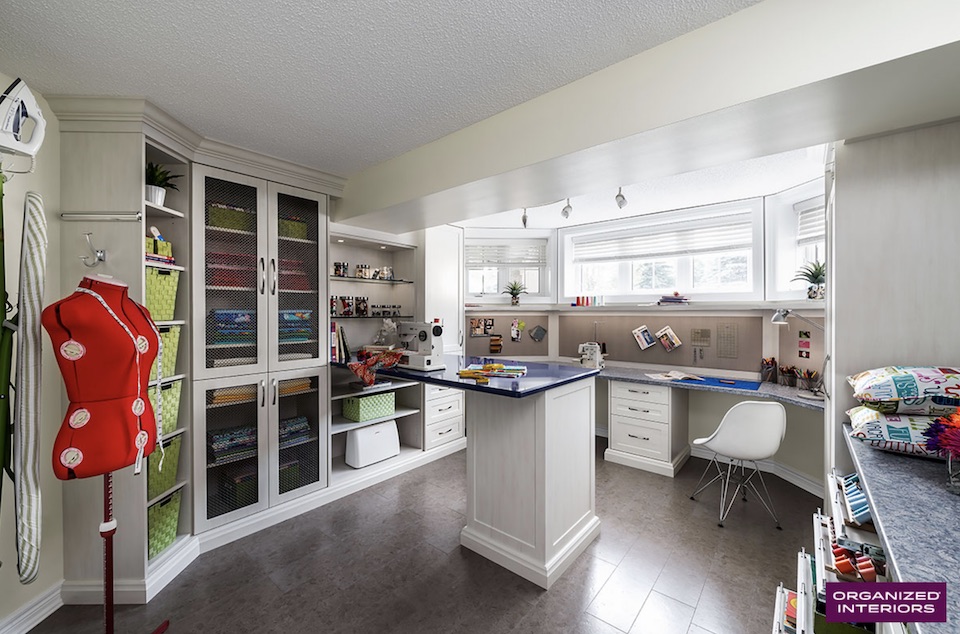
Spring is a time of transition and possibilities. By completing our spring cleaning work, we prepare ourselves mentally and emotionally for the opportunities and challenges that lie ahead, clearing the path for new beginnings.
This can happen in a variety of ways. Maybe purging a bunch of clutter opens up enough space in a room so that you can transform how it’s used, such as creating a new:
- home office
- exercise space
- wine room
- craft room
- kids playroom
Perhaps the main things holding you back from rediscovering an old hobby or starting a new one is the lack of a dedicated home space for it or a shortage of free time. After a thorough spring cleaning that leaves you with more space and time because your home runs more efficiently, maybe you can finally pursue some new interests and activities.
Another positive by-product of spring cleaning is more social opportunities can open up because you’ll be more willing to have visitors over. Many homeowners avoid having company over because their house or condo isn’t up to the presentation standards they’d like. That OnePoll/Container Store survey found that 46% of homeowners would be embarrassed having guests see the messiest areas of their homes.
5 spring cleaning tips
With a better understanding of these spring cleaning benefits and the importance of giving your home some TLC, let’s explore some practical tips to make the process more efficient and enjoyable.
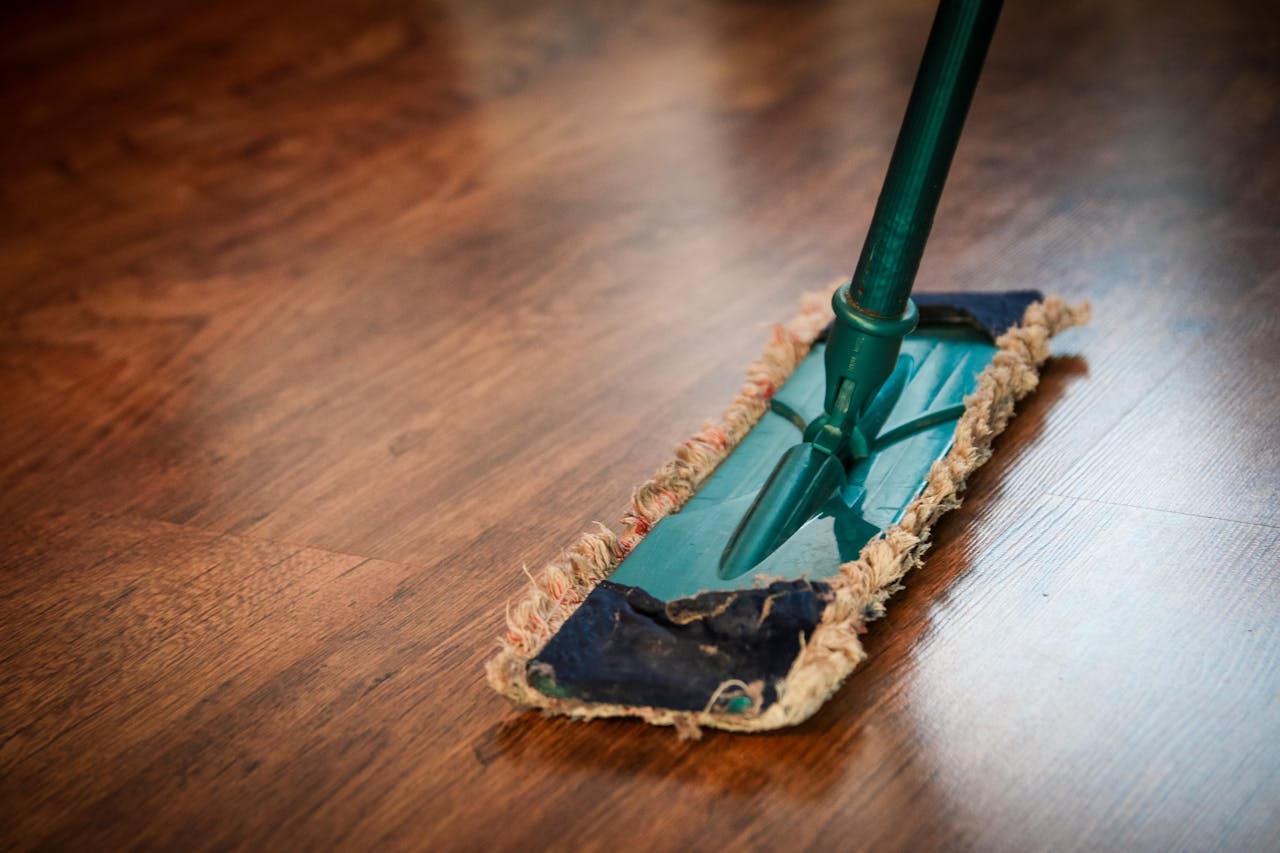
- Create a plan: Have a clear vision for what you want to accomplish and prioritize your home’s more problematic areas. Set ambitious goals that are broken down into smaller, achievable tasks to prevent burnout and ensure thoroughness. Make spring cleaning a team effort and get other family members on-board to help so you don’t feel overwhelmed.
- Declutter first: Don’t underestimate “the power of purging”. Deep-cleaning will be easier if you declutter by removing items that are no longer needed or used. Sort belongings into categories for what you want to keep, recycle, donate, sell, and discard. Pay special attention to common clutter hotspots like the garage and junk drawers.
- Tackle one room at a time: Focus on cleaning one room or area at a time to maintain momentum and prevent distractions. By seeing a tangible result when one area is fully decluttered, cleaned, and reorganized, you’ll stay motivated and energized. Allow yourself to rest if necessary. Sometimes, stepping away from any type of work for a little while helps you recharge and gives you a fresh perspective when you return to a task. Don’t overlook neglected areas such as baseboards, ceiling fans, and behind appliances.
- Use the right tools and supplies: Most cleaning products contain hazardous chemicals that can offset some of the health benefits of cleaning, so don’t overuse them. Soap, water, and a sponge or washable mop pad should work for most scrubbing jobs. Reusable microfibre cloths or dusters will trap dust particles more effectively and are more environmentally-friendly than single-use rags and cloths.
- Celebrate your progress and completion of projects: As you work through your spring cleaning checklist, take breaks to acknowledge and celebrate some of your accomplishments, even the small ones. Reward yourself with small treats or leisure activities to maintain motivation. If your kids are working with you, this strategy can help keep them motivated and on-task.
Enjoy the benefits of spring cleaning
Yes, it can be difficult to muster up enough motivation to get your spring cleaning projects started and to find the time to follow them through to completion properly.
Despite this common struggle, it emphasizes the importance of this timeless practice that few other home cleaning and organization tasks we do throughout the year feel as rewarding as spring cleaning.
Keeping a home tidier does become easier if you get some professional help, especially if your career and lifestyle take up most of your time and energy.
Whether you’re hiring a home cleaning service, a professional home organizer, or a home organization design and manufacturing company like Organized Interiors, an expert’s help can create a more harmonious living space.
Our custom storage solutions can improve your closets, bedrooms, laundry room, and home office, to name just a few of the home spaces we specialize in upgrading.
Schedule a free design consultation with us to start planning your home improvement project.
Please share this post if you found it useful.

